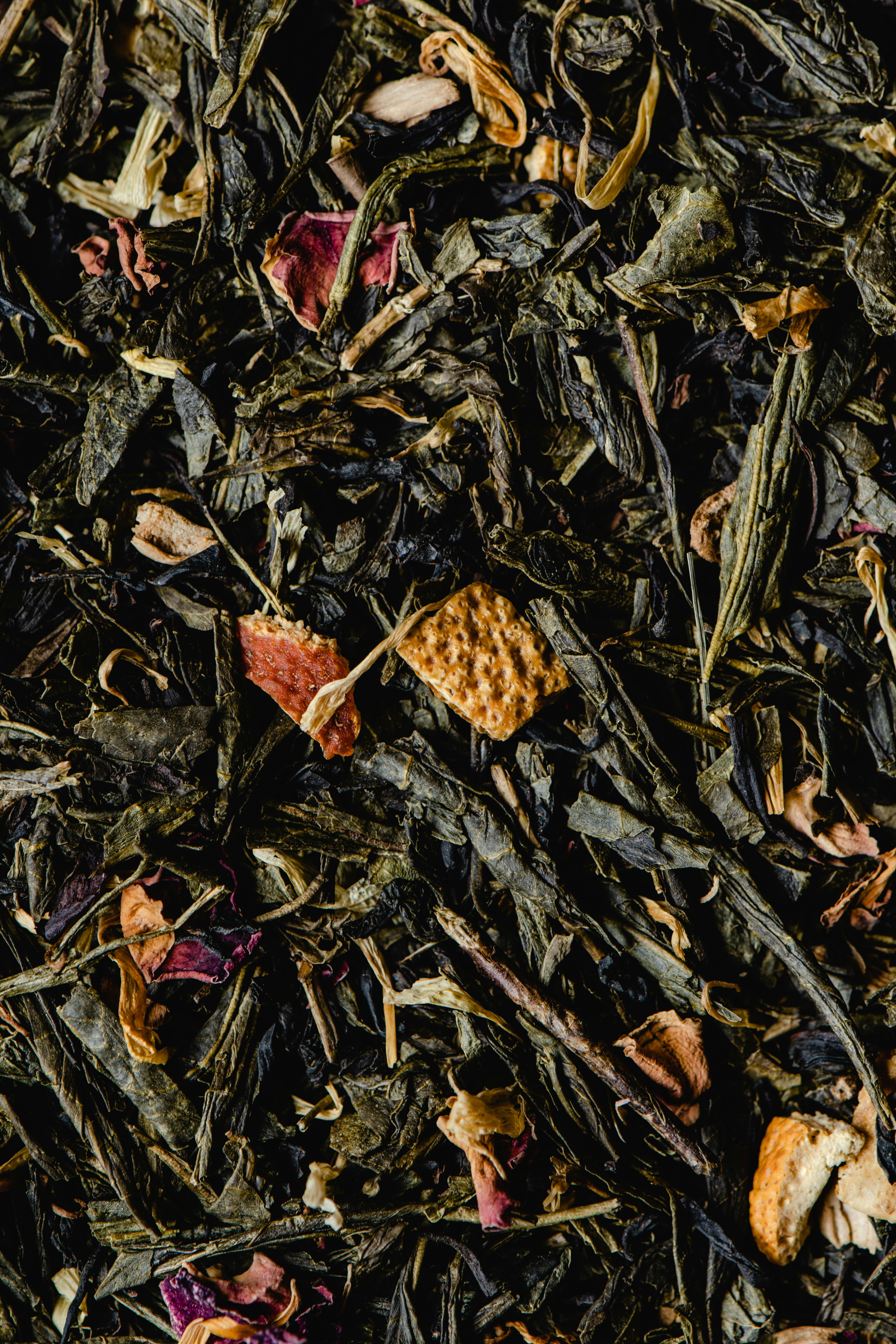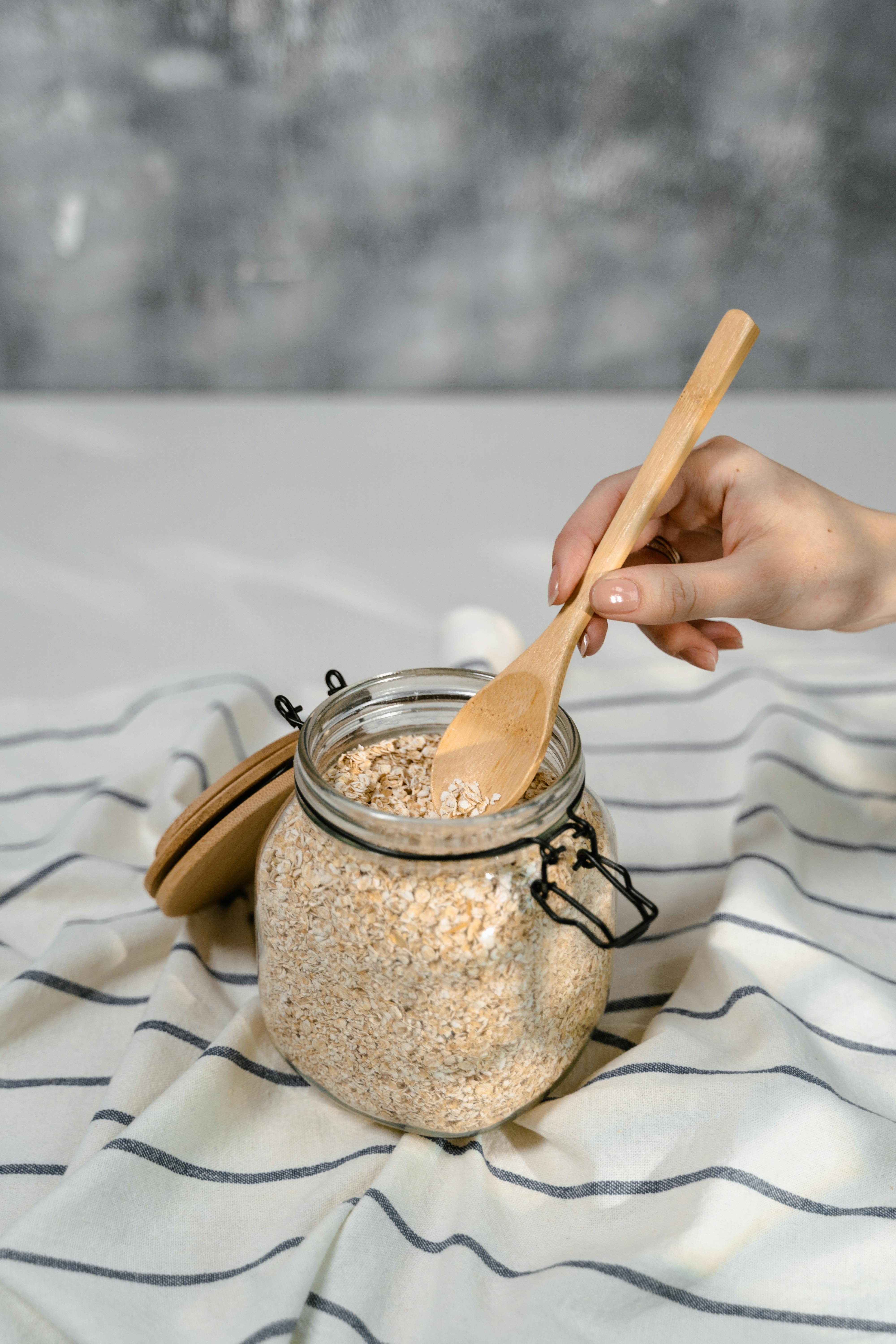
Smart Guide to Lipedema Diet for Effective Management in 2025
Understanding the lipedema diet is crucial for individuals managing this chronic condition, as it directly impacts weight management, inflammation levels, and overall wellness. Lipedema affects the lymphatic system and often leads to significant physical and emotional challenges. The right nutritional strategies can improve symptoms, enhance quality of life, and promote body positivity.
This guide delves into the essentials of lipedema nutrition, including meal planning, dietary supplements, and mindful eating practices. Moreover, we will explore the role of various foods in reducing inflammation and managing symptoms such as bloating. By embracing these dietary adjustments, individuals can take significant steps towards achieving better health outcomes.
Key takeaways include practical tips for effective meal preparation, creating a supportive eating environment, and understanding dietary triggers that may exacerbate lipedema symptoms. With expert insights and actionable strategies, this guide serves as a comprehensive resource for anyone looking to make informed choices related to their health.
Essential Foods for Lipedema Management
Anti-Inflammatory Foods
Incorporating anti-inflammatory foods into the lipedema diet can play a vital role in reducing the chronic inflammation associated with the condition. Foods rich in omega-3 fatty acids, such as fatty fish, flaxseeds, and walnuts, help to combat inflammation and support lymphatic health.
Additionally, fruits and vegetables are packed with antioxidants, providing protective benefits against oxidative stress. Berries, leafy greens, and sweet potatoes are excellent choices that are not only nutritious but also help maintain a healthy weight.
Spices such as turmeric and ginger have powerful anti-inflammatory properties. Implementing these into your meals can enhance flavor while providing significant health benefits.
Protein-Rich Foods
Protein is a crucial component of a well-rounded diet for lipedema management. Including protein-rich foods not only promotes satiety but also assists in muscle maintenance, which is essential for overall metabolic health.
Opt for lean proteins like chicken, turkey, legumes, and low-fat dairy alternatives. These foods can help stabilize blood sugar levels, reducing cravings and promoting weight management.
As part of your meal planning, consider incorporating protein into every meal. This approach can enhance nutrient absorption and fuel your body sustainably throughout the day.
Low Carb Diet Considerations
A low-carb diet can be beneficial for those managing lipedema, as it helps regulate insulin levels and may assist in weight loss. Reducing carbohydrate intake, particularly refined carbs, minimizes blood sugar spikes that can contribute to weight gain and inflammation.
Focus on complex carbohydrates like whole grains, starchy vegetables, and legumes, which also provide fiber and nutrient density. Such foods encourage feeling full longer and support digestive health, which is crucial for managing bloating.
Healthy Fats for Lipedema
Fats play a significant role in a balanced diet, and understanding which fats to include is essential for managing lipedema. Incorporate healthy fats, such as avocados, olive oil, and nuts, which support cellular functions and provide essential fatty acids crucial for overall health.
Aim to balance your fat intake while avoiding trans fats found in processed foods. This balance aids in reducing inflammation and supports metabolic health.
Shopping List for Lipedema
Creating a shopping list tailored for lipedema management can streamline your grocery trips, ensuring you acquire all essential foods that support your dietary needs. Focus on whole foods, including:
- Fresh fruits and vegetables
- Lean proteins
- Whole grains
- Healthy fats (e.g., nuts, avocados)
- Herbs and spices
Employing a seasonal approach to your shopping can also enhance flavor variety and nutritional content in your meals, making it easier to stick to your diet.

Meal Planning and Preparation Strategies
Effective Meal Prep Strategies
Meal prepping is an effective method to maintain a consistent lipedema diet. Dedicating time weekly to plan and prepare meals can help combat impulsive eating habits and ensure you have healthy options readily available.
Begin by selecting recipes that align with lipedema dietary guidelines. Cook larger batches of your favorite meals and store portions in the freezer for convenience. This method not only saves time but also reduces stress related to daily meal preparation.
Portion Control Practices
Portion control is integral to managing weight with lipedema. It helps prevent overconsumption and contributes to mindful eating practices. Utilize smaller plates, measure serving sizes, and remain aware of the types of foods being consumed.
Learning to recognize hunger cues can reinforce positive eating habits, making it easier to enjoy meals without the risk of overeating. Over time, this practice becomes second nature, promoting balance in your relationship with food.
Healthy Snacks for Lipedema
Healthy snacking can be included in a lipedema diet to help manage hunger and provide necessary nutrients throughout the day. Choose snacks that combine protein, healthy fats, and fiber for optimal satisfaction, such as:
- Hummus with veggie sticks
- Greek yogurt with berries
- Trail mix with nuts and seeds
These options can help maintain energy levels without causing inflammatory responses that might aggravate lipedema symptoms.
Meal Frequency and Timing
Adjusting meal frequency can also impact blood sugar levels and weight management. Many individuals find success by eating smaller, more frequent meals throughout the day rather than adhering to traditional three-meal patterns. This method can prevent drastic blood sugar spikes and improve overall satisfaction.
Utilize mindfulness techniques during mealtime to enhance your relationship with food. Focus on enjoying each bite, and practice gratitude for the nourishment you’re providing your body.

Common Dietary Triggers and Avoidance Strategies
Understanding Dietary Triggers
Identifying dietary triggers is an essential part of managing lipedema symptoms. Common triggers include processed foods, excessive sugars, and high-sodium items, which can lead to inflammation and fluid retention.
Keeping a food diary can help track symptoms in relation to dietary intake, allowing you to pinpoint specific triggers that may exacerbate your condition. By eliminating or minimizing these triggers, you can better manage symptoms and enhance overall wellness.
Managing Bloating Symptoms
Bloating is a common complaint for those with lipedema and can be managed through effective dietary strategies. Prioritize hydration, eating slowly, and incorporating prebiotic and probiotic-rich foods into your diet, such as yogurt and fermented vegetables, to promote gut health.
Additionally, staying active can help reduce bloating. Light activities like walking can encourage digestion and alleviate discomfort effectively.
Dairy-Free and Gluten-Free Options
For those with dairy or gluten intolerances, adopting a dairy-free or gluten-free diet may alleviate some symptoms associated with lipedema. Explore alternative ingredients like almond or oat milk for dairy products and gluten-free grains like quinoa and brown rice as substitutes.
Be mindful of reading labels to avoid hidden sources of gluten and dairy, enabling you to maintain a diet that supports your health condition.
Avoiding Processed Foods
Avoiding processed foods is paramount for managing lipedema. Such items often contain additives, unhealthy fats, and excessive sodium, which can exacerbate symptoms and cause water retention. Focus on whole, unprocessed foods to prioritize nutrient density and enhance overall health.
Explore cooking classes or online resources to discover new recipes that fit within the framework of a healthy lipedema diet. The transition may take time but leads to significant improvements in managing the condition.
Implementing Lifestyle Changes for Lipedema
Exercise Recommendations for Lipedema
Incorporating regular exercise into your routine can have numerous benefits for managing lipedema. Activities such as swimming, walking, and cycling can improve circulation, support lymphatic drainage, and promote overall well-being.
Aim for a combination of cardiovascular and strength training exercises to enhance muscle tone, which can aid in reducing the appearance of fatty tissue associated with lipedema.
Mental Health and Wellness Support
Emotional well-being plays a significant role in effective lipedema management. Join support groups or consider therapy options to discuss the emotional aspects of living with this condition. Self-advocacy and connecting with others who share similar experiences can foster resilience and acceptance.
Incorporating self-care practices, such as mindfulness and stress reduction techniques, can further support mental health and complement your dietary efforts. Nurturing your emotional health is key to achieving lasting lifestyle changes.
Community Resources and Patient Advocacy
Engaging with community resources can be invaluable. Seek local support groups, workshops, and educational events focused on lipedema. These initiatives can provide insight into personal experiences and foster a sense of belonging.
Understanding the importance of advocacy for lipedema awareness can also empower individuals to raise public consciousness surrounding the condition. Participation in advocacy efforts can enhance the collective voice for better research and treatment options.
Nutritionist Consultation for Personalized Guidance
Consulting a nutritionist can offer tailored dietary guidance that aligns with your specific needs. A professional can help create a personalized meal plan focused on your health goals, addressing any challenges you may encounter.
They can also assist you in understanding food labels, portion control, and recipes that fit within the lipedema diet framework, providing essential tools for your journey towards improved wellness.
Conclusion: Embracing a Healthy Relationship with Food
Managing lipedema through diet and lifestyle adjustments requires a compassionate approach and self-advocacy. By embracing nutritious foods, planning meals thoughtfully, and seeking support, individuals can significantly improve their experience with lipedema.
Focus on creating a balanced diet aimed at reducing inflammation, supporting lymphatic health, and cultivating a positive relationship with food. Every small step taken can lead to meaningful progress on your journey toward effective lipedema management.
```